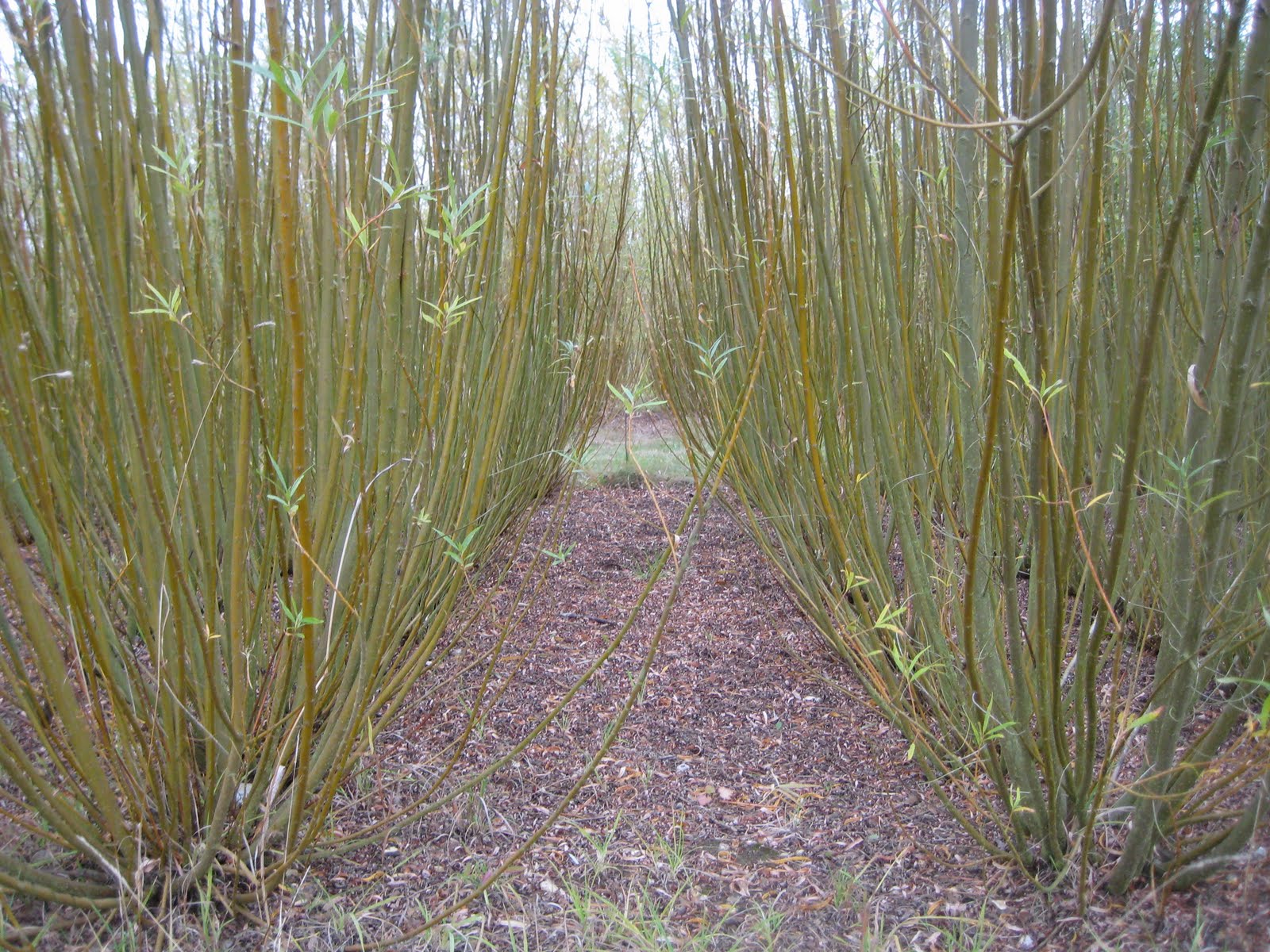


Factors such as soil type, species and clone choice, time of application and harvest, climate were all observed to affect treatment efficiency of a vegetation filter and thus the amount of nutrients that can be sustainably applied onto it. A willow SRC plantation may be expected to be viable for up to 30 years before it becomes necessary to replant and can reach 7-8 m in height at harvest. This is generally explained by higher denitrification rates, particularly in wastewater irrigated fields. While the proportion of the applied pollutant removed in the harvested biomass, as a rule, decreased with higher residue input, the retention rates were found to rise in some studies. Higher rotation periods of around 5 years coupled to lower plant densities of 11001600 plants ha 1 are also prescribed. A distinction is made between such removal rates and retention rates of a vegetation filter, which instead describe reduction in the mass of a pollutant found in the drainage water compared to the input values. Essentially, short rotation woody coppice cultivations are canopies grown on repeated cycles of 2 to 3 years, along 20 to 25-year periods, and plant densities from 6000 to 8000 plants ha 1. Species used SRF is the practice of cultivating fast-growing trees that reach their economically optimum size between 8 and 20 years old. It is similar to historic fuelwood coppice systems. The term Short Rotation Coppice (SRC) refers to cultivation systems using fast- growing tree species with the ability to resprout from the stump after harvest. Biomass production was directly related to treatment efficiency as it affected uptake of the applied nutrients and heavy metals. Short rotation coppice Bioeconomy Short Rotation Forestry done with coppice stands, i.e., stands made of trees with multiple stems growing out of the stool). Short rotation forestry ( SRF) is grown as an energy crop for use in power stations, alone or in combination with other fuels such as coal. The growth response was less pronounced on fertile soil or soils with enough precipitation. The reviewed studies generally reported positive yield response, especially when treated with wastewater due to its irrigation effect. This thesis provides a comprehensive review of studies carried out so far into biomass production and treatment efficiency of such systems and outlines what factors influence the amount of residue that can be treated. Vegetation filters planted with short rotation coppice willow or poplar have been increasingly utilized for treating municipal residues rich in potential pollutants, namely sludge and wastewater.


 0 kommentar(er)
0 kommentar(er)
